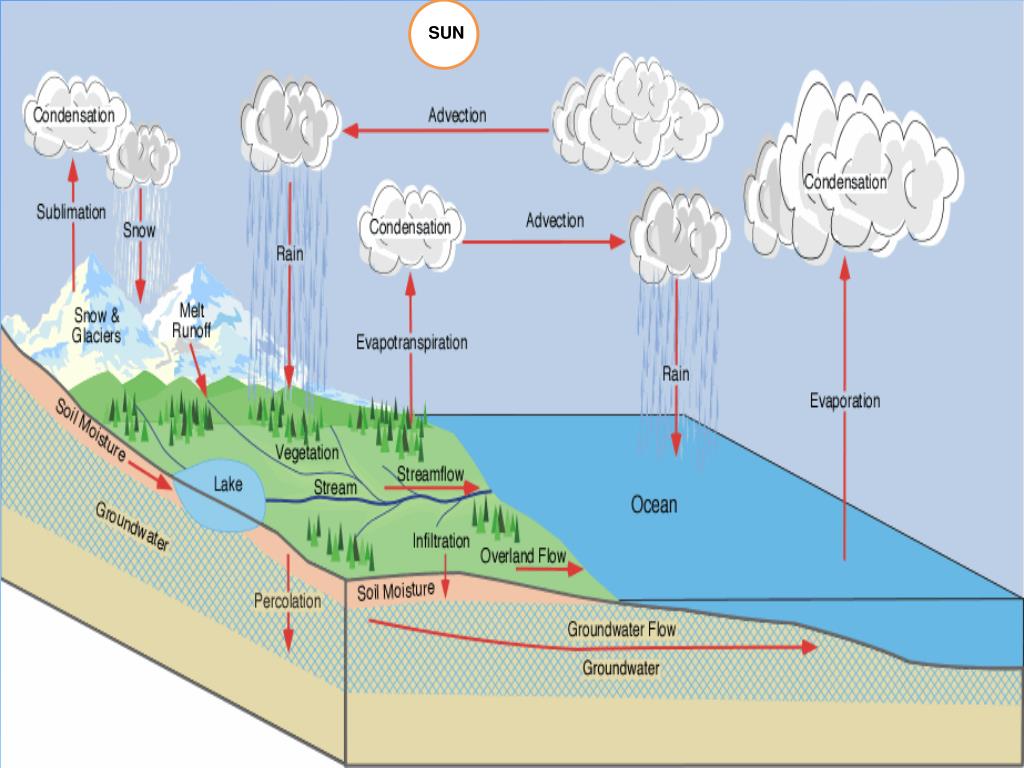Application of oxygen-18 and deuterium isotopes in Hydrogeology studies
Introduction:
Since the elements oxygen and hydrogen are the main elements of geological and biological Hydrogeology systems, in recent years, studies on the stable isotopes of these elements have become particularly important. To answer questions such as when it rains, where the water goes, what path it takes, how long it flows in the basin, etc., it was introduced to help improve our overall understanding of catchment processes.
Hydrogen has a stable isotope of 2H or deuterium and an unstable isotope of 3H or tritium. Oxygen also has three stable isotopes of ordinary oxygen 16 O, semi-heavy oxygen 17 O, and heavy oxygen 18O. Formula (H218O, HD16O, D2O) are formed. These isotopes are of special importance as the main constituents of water entering the catchment area.

Application of oxygen-18 and deuterium isotopes in Hydrogeology studies
River flow measurements
Water leakage studies of canals
Determining the groundwater recharge rate
Lake dynamics
Groundwater recharge
Interactions of groundwater with surface water
Separation of river flow components
Reservoirs of dams
River flow measurements
In common materials where measuring the flow of river water is not possible due to low speed and shallow flows, etc., and is associated with 10 to 15% error, the use of isotopic methods with high accuracy is the best possible solution.
Water leakage studies of canals
Since some state canals and irrigation canals are uncovered, there is a debate as to whether water leakage from these canals should be considered a waste or should be considered a positive aspect of groundwater aquifer nutrition in a study examining the effect of water leakage. The interstate canal in western Nebraska was excavated by drilling several wells adjacent to the canal and sampling it for analysis of oxygen-18 and deuterium isotopes. Chemical and isotopic results of canal water, surface water, and groundwater showed that water leakage from the canal caused the groundwater aquifer to feed so that the canal cover caused a drop in groundwater level adjacent to the canal and ultimately a negative impact on the groundwater aquifer. It has a place.
Groundwater recharge rate
With the increasing population and the increase of unauthorized agricultural wells, the withdrawal of groundwater resources will also increase, so it is necessary to have a correct estimate of groundwater recharge to manage water consumption. Oxygen-18 and deuterium isotopes are powerful tools for estimating nutrition, but because they represent the amount of nutrition in a small range, they have not yet been used to estimate nutrition in large basins such as aquifers.
Lake dynamics
Optimal use of lakes depends on a correct understanding of their dynamics. Dynamics involves various processes including the transfer of pollution and balance. Is. Using the law of mass conservation for oxygen-18 and deuterium isotopes, isotopic methods can be used to determine the lake balance.
Groundwater recharge
A study of groundwater recharge in Africa found that measurements of isotopic content changes showed that two processes cause groundwater recharge. 1. Infiltrate through surface water, which due to evaporation causes water to mix. Underground with heavy isotopes 2. Fast penetration through large pores, which in this study showed that rapid penetration has a 70% share in aquifer nutrition.
Interactions of surface and groundwater
The existence of pollution in surface water resources causes pollution of groundwater resources, therefore, it is very important to study the relationship between surface and groundwater resources. It is not possible to conclude from the usual chemical methods with the help of isotopic analysis that the mixing of surface water with groundwater can be detected from 7 to 86%.
Climate change
The ratio of water isotopes (18o / 16o - 2H / 1H) has a significant relationship with each other. Having an idea of how climate is affected depends on understanding these ratios. Since there is a strong correlation between air temperature and the isotopic ratio of precipitation around the world, stable isotopes can be used to reconstruct the past climate.
conclusion
Currently, research into environmental isotopes is of great importance because these elements form the core of Hydrogeology, geological and biological systems. In general, tracking methods are one of the newest scientific advances in the study of water resources and can provide a better inference and understanding of the water cycle and thus ensure success in planning water resources and achieving the goal. Because conventional Hydrogeology methods are easier to use in surface water, the application of stable isotopes in surface water hydrology is not as widespread as in groundwater sources. However, in some cases, conventional methods do not meet the needs of the study and therefore require the use of special tools. In contrast, intra-basin point measurements, such as cases of precipitation, rainfall, water level, or groundwater composition. Absotopic detectors can be used without extrapolation or additional assumptions about basin behavior. The results of the use of these isotopes in some parts of the world show the effective role of stable isotopes of oxygen and hydrogen with a wide range of applications in improving the quality of measurements or reducing additional information that has not been practiced by conventional methods.
" Application of oxygen 18"," oxygen 18" ,"water-18o" ,"isotope oxygen 18" ,"H218O" , "D218O"
KEYWORD SECTION:
You can also find other articles about the above keywords in other languages with the use of these words.